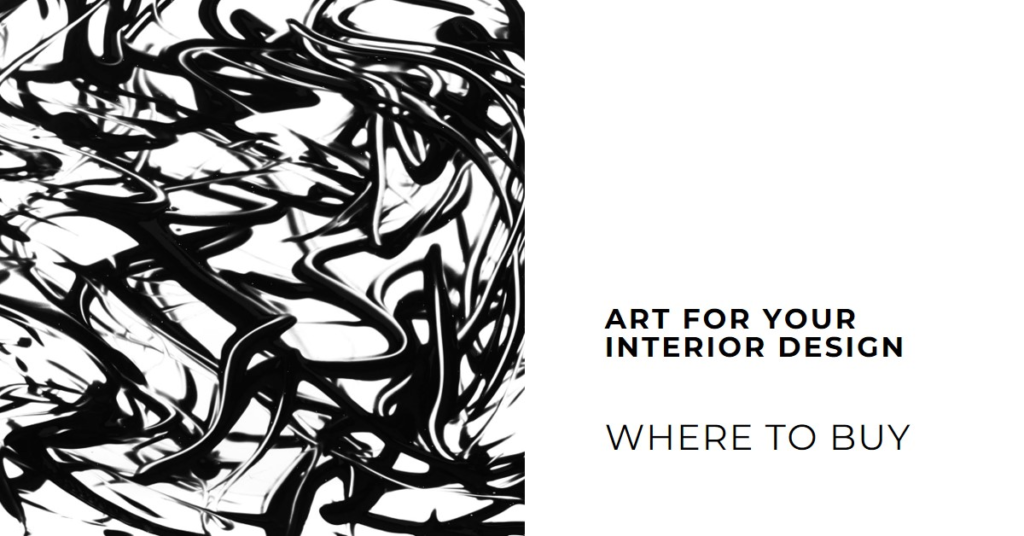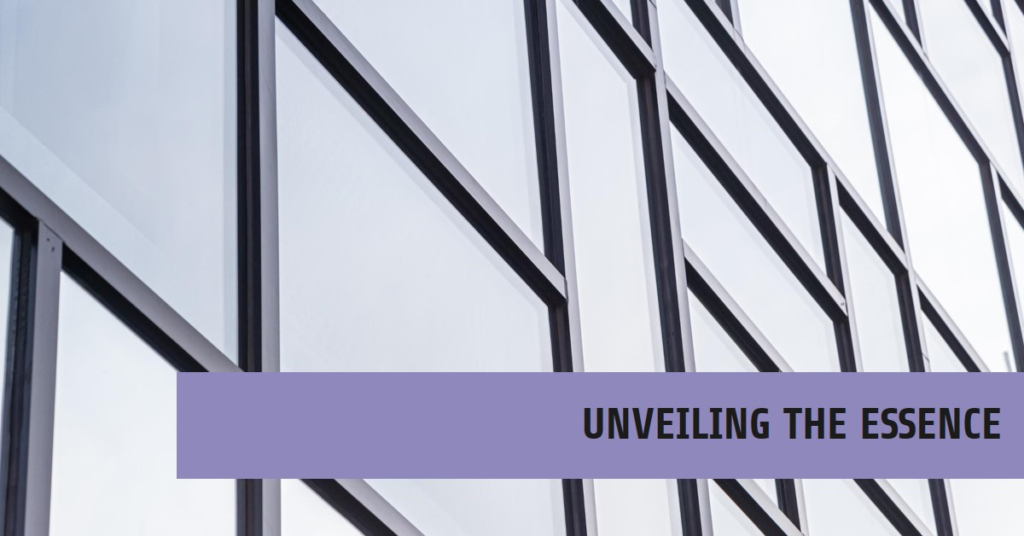
Table of Contents
- Introduction
- The Art and Science of Interior Design
- Initial Consultation and Client Collaboration
- Concept Development and Design Planning
- Material Selection and Budget Management
- Space Planning and Layout Design
- Lighting Design and Ambiance Creation
- Custom Furniture and Fixture Design
- Project Management and Execution
- Post-Project Evaluation and Client Satisfaction
- Conclusion: The Impact of Interior Design
Introduction
In today’s fast-paced world, the importance of well-designed interiors cannot be overstated. Interior designers play a crucial role in transforming spaces, blending functionality with aesthetics to create environments that are not only beautiful but also practical. This blog post delves into the multifaceted role of an interior designer, shedding light on their responsibilities, skills, and the impact they have on various types of projects. Join us as we explore the intricate world of interior design.
The Art and Science of Interior Design
Interior design is a unique blend of art and science. While the artistic aspect involves creativity, color theory, and an eye for aesthetics, the scientific side focuses on understanding spatial dynamics, ergonomics, and building codes. This dual nature makes interior design a fascinating field that requires both imaginative flair and technical precision.
Designers must consider various factors, including the psychological effects of color, the impact of lighting, and the flow of movement within a space. They need to balance these elements to create harmonious environments that cater to the needs and preferences of the inhabitants. Thus, interior design is not just about decorating a room; it’s about enhancing the quality of life through thoughtful design.
Initial Consultation and Client Collaboration
The journey of an interior design project begins with an initial consultation. This is a critical phase where designers meet with clients to understand their needs, preferences, and budget. Effective communication during this stage is paramount, as it sets the foundation for the entire project.
Designers must ask the right questions and listen carefully to the answers. This helps them gain insights into the client’s lifestyle, tastes, and functional requirements. By establishing a clear understanding of the client’s vision, designers can tailor their approach to meet specific expectations, ensuring a successful outcome.
Concept Development and Design Planning
Once the initial consultation is complete, designers move on to the concept development phase. Here, they translate the client’s ideas into a coherent design plan. This involves creating mood boards, sketches, and digital renderings to visualize the proposed concepts.
Designers must consider various elements, such as color schemes, furniture layouts, and material selections. They also need to think about how different components will interact within the space. This phase is crucial for ironing out potential issues and refining the design before moving forward with implementation.
Material Selection and Budget Management
Material selection is a critical aspect of interior design. Designers must choose appropriate materials for flooring, walls, furniture, and fixtures, ensuring they align with the overall design concept and client’s budget. This requires a keen understanding of different materials’ properties, costs, and maintenance requirements.
In addition to aesthetics and functionality, sustainability is increasingly becoming a priority. Designers are now expected to source eco-friendly materials and incorporate sustainable practices into their projects. This not only benefits the environment but also adds value to the design by promoting health and well-being.
Space Planning and Layout Design
Effective space planning is at the heart of successful interior design. Designers must strategically organize furniture, fixtures, and equipment to optimize the use of space. This involves understanding traffic flow, creating focal points, and ensuring that each area serves its intended purpose.
Designers often use software tools to create detailed floor plans and 3D models. These visual aids help clients understand how the space will look and function. Proper space planning can enhance comfort, improve functionality, and create a cohesive aesthetic that ties the entire space together.


Lighting Design and Ambiance Creation
Lighting plays a pivotal role in interior design, influencing the mood and functionality of a space. Designers must consider both natural and artificial lighting sources to create a balanced and inviting ambiance. They need to strategically place lighting fixtures to highlight architectural features, create focal points, and enhance the overall aesthetic.
Understanding different types of lighting—ambient, task, and accent—is essential. Designers must also consider the color temperature and intensity of light, as these factors significantly impact the atmosphere of a room. Effective lighting design can transform a space, making it feel warm and welcoming or cool and modern.
Custom Furniture and Fixture Design
Sometimes, off-the-shelf furniture and fixtures don’t quite fit the bill. In such cases, interior designers may opt for custom solutions. This involves working closely with craftsmen and manufacturers to create bespoke pieces that meet specific design requirements and client preferences.
Custom furniture and fixtures allow for greater flexibility in terms of style, size, and material. They can be tailored to perfectly fit the space and complement the overall design concept. This level of customization adds a unique touch to the project, setting it apart from standard designs.
Project Management and Execution
Interior designers are not only responsible for the creative aspects of a project but also for managing its execution. This includes coordinating with contractors, overseeing installations, and ensuring that the project stays on schedule and within budget. Effective project management is crucial for delivering high-quality results.
Designers must be adept at problem-solving and decision-making. They need to handle unexpected challenges, such as delays or budget overruns, with professionalism and efficiency. By maintaining clear communication with all parties involved, designers can ensure a smooth and successful project execution.
Post-Project Evaluation and Client Satisfaction
The completion of a project does not mark the end of an interior designer’s responsibilities. Post-project evaluation is an important step to ensure client satisfaction and gather feedback. This involves conducting a final walkthrough with the client, addressing any remaining issues, and making necessary adjustments.
Client feedback is invaluable for continuous improvement. It helps designers understand what worked well and what could be improved in future projects. Ensuring client satisfaction not only leads to repeat business and referrals but also enhances the designer’s reputation in the industry.
Conclusion: The Impact of Interior Design
Interior design is a dynamic and rewarding profession that combines creativity, technical skill, and project management. By transforming spaces, interior designers improve the quality of life for their clients, creating environments that are both beautiful and functional. Their work has a lasting impact, influencing how people interact with and experience their surroundings.
As the field continues to evolve, with new trends and technologies emerging, the role of an interior designer remains as crucial as ever. Whether working on residential, commercial, or public spaces, designers bring a unique vision and expertise that make a significant difference in the world around us.


